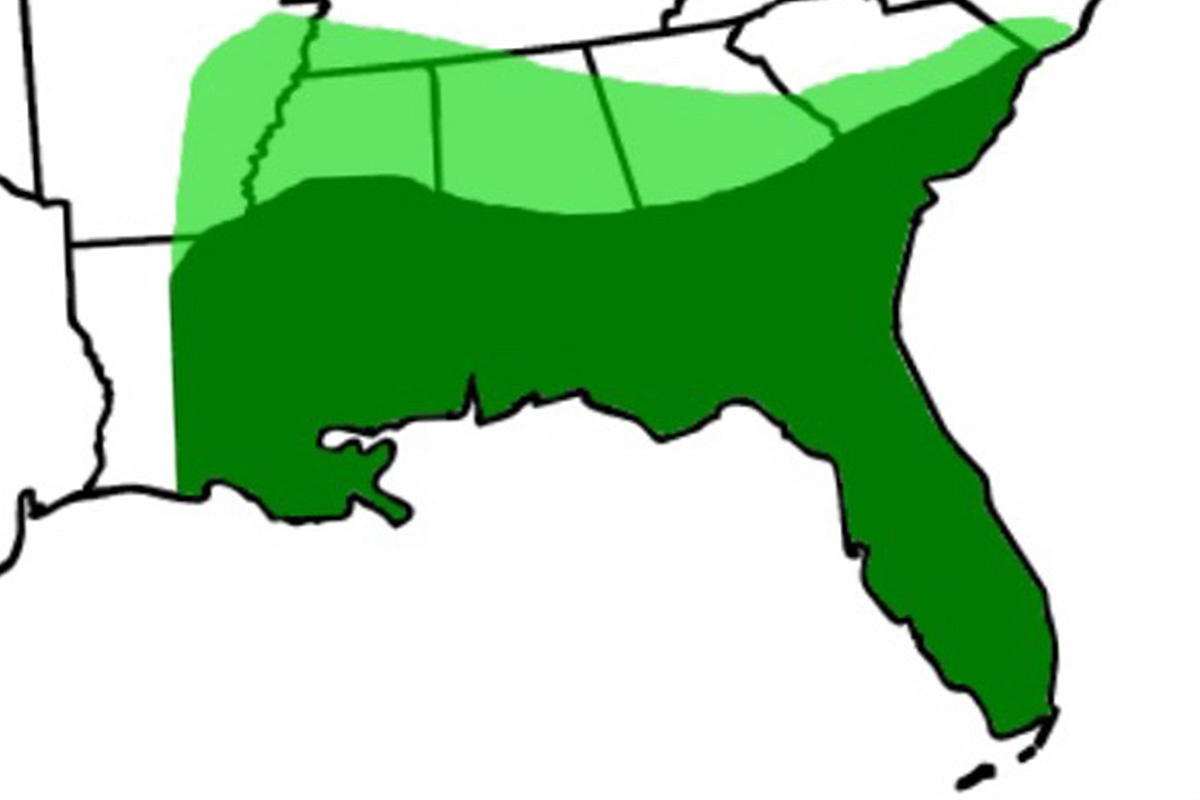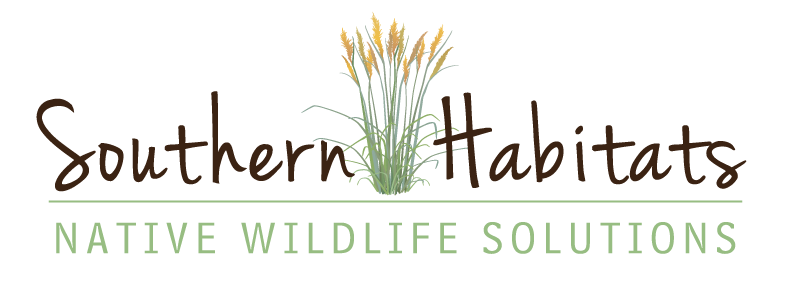Native Plants of the Southeast
 When we refer to a plant being native to the Southeast we generally mean that its presence was recorded by the earliest of naturalists upon European contact in the 1500’s. The Southeastern Coastal Plain is recognized as the most ecologically diverse area in North America. The vast majority of acreage consisted of a sparse longleaf pine overstory with a diverse ground layer, primarily composed of native perennial grasses with various legumes and other wildflowers. These grass dominated ecosystems, depending on their unique features and locations are referred to as meadows, savannas, marshes or prairies. For thousands of years these areas, were regularly set afire by lightning in the spring which burned vast areas of the grasses, across sandhills and through flatwoods and shallow wetlands. The plants found in these areas are adapted to this fire ecology and rely on recurring spring fire to thrive. Historically, these fires kept hardwoods and other non-fire-adapted plants confined to the hammocks, strands and bottomlands where they belong. There has been a sharp decline in these ecosystems over the last century. Culprits include clear cut timbering, urbanization, fire exclusion, wetland draining, introduction of exotic plants and feral hogs.
When we refer to a plant being native to the Southeast we generally mean that its presence was recorded by the earliest of naturalists upon European contact in the 1500’s. The Southeastern Coastal Plain is recognized as the most ecologically diverse area in North America. The vast majority of acreage consisted of a sparse longleaf pine overstory with a diverse ground layer, primarily composed of native perennial grasses with various legumes and other wildflowers. These grass dominated ecosystems, depending on their unique features and locations are referred to as meadows, savannas, marshes or prairies. For thousands of years these areas, were regularly set afire by lightning in the spring which burned vast areas of the grasses, across sandhills and through flatwoods and shallow wetlands. The plants found in these areas are adapted to this fire ecology and rely on recurring spring fire to thrive. Historically, these fires kept hardwoods and other non-fire-adapted plants confined to the hammocks, strands and bottomlands where they belong. There has been a sharp decline in these ecosystems over the last century. Culprits include clear cut timbering, urbanization, fire exclusion, wetland draining, introduction of exotic plants and feral hogs.
Gopher Tortoises
This old native southerner has made its home in the sandhills of the lower Southeast for eons and because of habitat loss is quickly fading away. So much so that the gopher tortoise is listed as a threatened species under the Endangered Species Act.
The gopher tortoise is considered a keystone species, and an indicator of longleaf pine ecosystem health. It also acts as a vector in the dispersal of native seeds which enhances biodiversity. Southern Habitats offers some two dozen Southeastern upland native grasses, wildflowers and legumes that this gentle creature requires for survival.
Working Lands for Wildlife is a new partnership between NRCS and the U.S. Fish and Wildlife Service (FWS) to use agency technical expertise combined with $33 million in financial assistance from the Wildlife Habitat Incentive Program to combat the decline of seven specific wildlife species whose decline can be reversed, to include the gopher tortoise. For more information about this program, click here
Foresters and Timber Managers
A great way to increase the value of your timber investment is to establish native grasses.
Native grasses provide fine fuels for fire continuity and wildlife habitat such as deer bedding and quail and turkey nesting areas. They also provide the most stunning and picturesque landscape imaginable. These grasses were the foundation of the historical landscape of the Southeastern Coastal Plain.
For years, achieving this type of ground cover has seemed out of reach because of cost, lack of establishment expertise in our soils and lack of southern adapted seeds. Through our experiences, failures, research and hard work we have attained the knowledge and skill it takes to make this goal now attainable. Phone and email consultation is free of charge for our customers. If a site visit is needed we only ask to recover our travel expenses and a reasonable fee for our time.
Because this practice is relatively new in the Deep South, we recognize the need for technical support. There are great free resources available online through government agencies and non-profit organizations where much research is being done to establish ‘best management practices’. We participate in this research and enjoy very positive relationships with these entities. We often give presentations at workshops, sharing our expertise and experiences with groups such as the Longleaf Alliance, CFEOR and numerous water management and wildlife agencies. We recognize that there remains a need for private professional consultation based on individual objectives as well as site conditions. We also have years of valuable hands-on experience in wild seed collecting, expanding and reintroducing native grasses and other herbaceous plants here in the Southeast. We support our customers throughout the establishment year as there are several considerations, unique to Southern sites that are critical for success. This makes Southern Habitats very unique in this industry.

